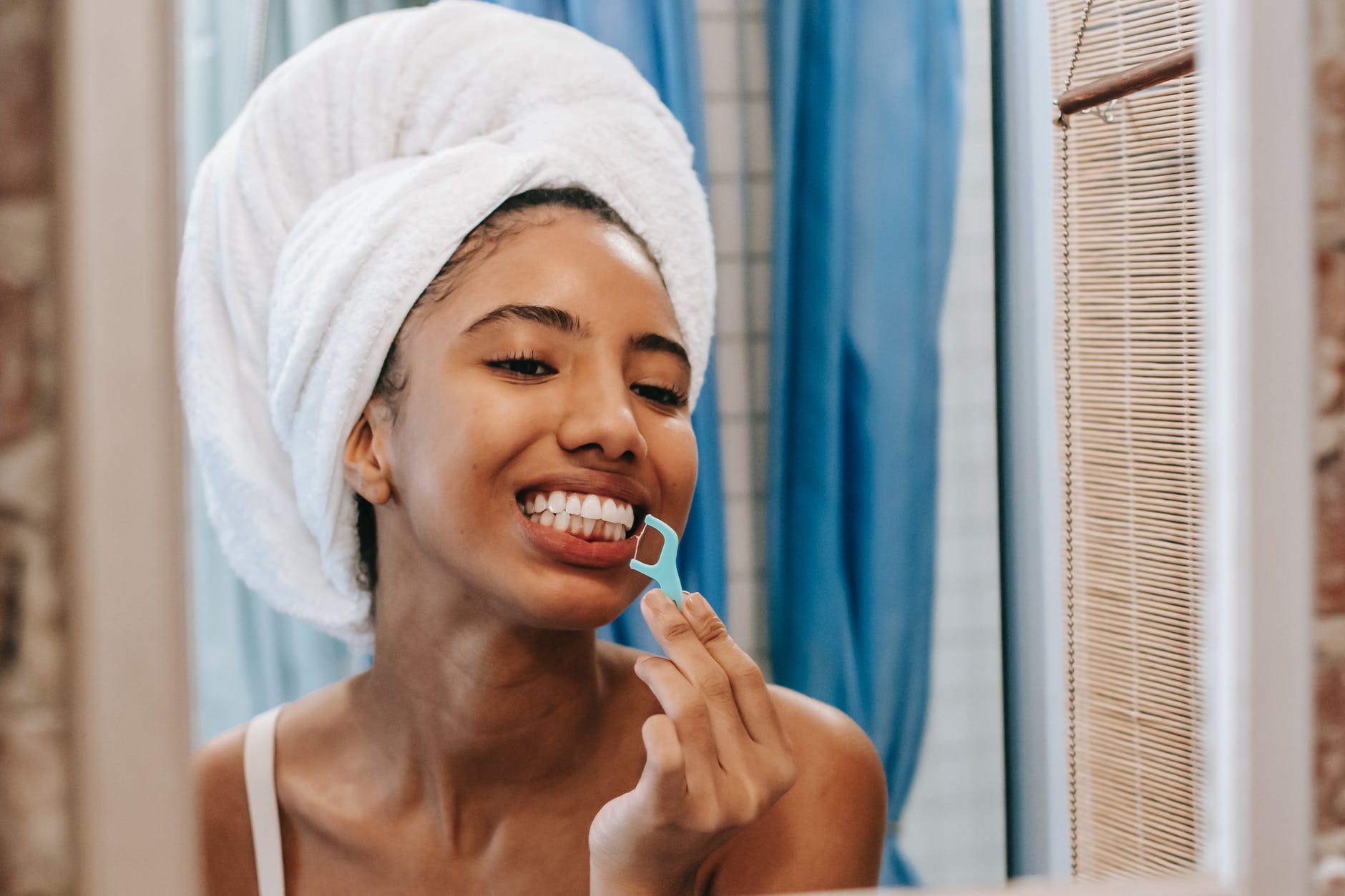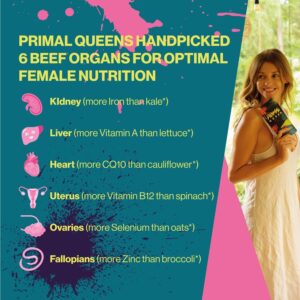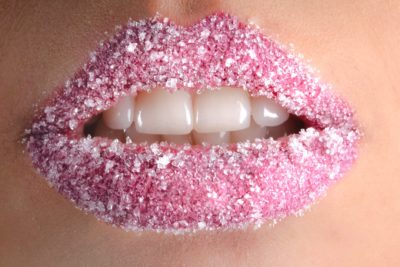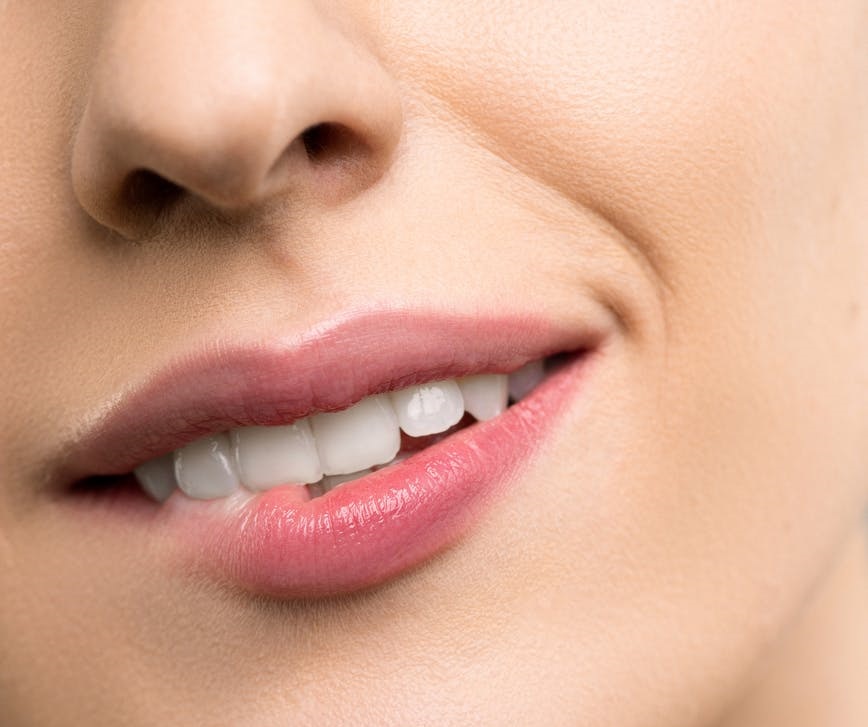I was raised by hippies.
At least when I was born they were hippies.
They didn’t let me have any type of sugar until after I was 5 years old, and the only sugar in our house was in the ketchup (my dad loves ketchup on everything).
They drove to the local farm for raw milk before it was cool.
My earliest memories are with my mom, walking into the local health food store. They had individually-wrapped carob sticks that were the closest thing I ever had to chocolate before I started school.
So I suppose you could say my teeth (and my health) got off to a pretty good start.
(Ironically my mom later became the manager of a candy store in the mall and I worked there in high school… but that’s another story).
Even growing up in such a natural, sugar-free environment, however, I still had a very mainstream view of teeth and cavities: The only way to fight cavities and keep your mouth healthy was to prevent them: eat less sugar and brush your teeth with modern toothpaste twice a day, and rinse with a drugstore mouthwash to kill all the germs.
 Once you get a cavity the only thing you can do is go to the dentist, get it drilled out and filled with metals or ceramic (at least I knew better than to get mercury).
Once you get a cavity the only thing you can do is go to the dentist, get it drilled out and filled with metals or ceramic (at least I knew better than to get mercury).
Oh, and fluoride is amazing for dental health.
(!)
Get the scoop on fluoride here.
I had a lot to learn.
Most dentists will still tell you these things, and laugh if you ask how to actually heal cavities, so imagine my shock when I learned that not only is healing cavities possible, it’s actually pretty EASY.
Questions? Text TEETH to (802) 227-7051
3 STEPS TO HEAL CAVITIES AND REMINERALIZE YOUR TEETH
1. Oil pulling
2. Remineralizing toothpaste
3. Deep Nutrition
Oil Pulling
Oil pulling is an oral health practice that originated in India, and it’s one of the best things you can do not only for oral health but for the health of your whole body.
Simply put, oil pulling is swishing oil in your mouth for 5-20 minutes at a time.
That may sound strange, but the benefits of oil pulling can’t be understated.
Oil pulling not only kills “bad” bacteria in the mouth and improves pH, it actively draws toxins out of other parts of your body, including your sinuses, your brain, your organs and other areas.
I find if I feel a sinus issue arising, a good oil-pulling session will usually knock it right out.
Oil pulling is also believed to draw chemicals, toxins, free radicals and even heavy metals out of the body.
Oh, and it kills the bacteria that cause cavities, so you can heal them.
How to Oil Pull
In India Sesame Oil is generally used, but I always use Coconut Oil. Both have antibacterial, antifungal and antiviral properties.
 Step 1: One spoonful of oil
Step 1: One spoonful of oil
Put a spoonful of your chosen oil in your mouth before you eat anything in the morning. Depending on the size of your mouth, you will want between a teaspoon and a tablespoon of oil (don’t worry; you won’t be swallowing it).
Step 2: Start Swishing
Swish the oil all around your mouth for at least 5 minutes, up to 20 minutes (you will probably have to work up to that).
Sometimes I put oil in my mouth before I hop in the shower so I don’t have to worry about talking or trying to eat something for the next few minutes. Try to swish as forcefully as you can: getting between your teeth if possible. The longer you swish, the “thinner” the oil will feel, until it just feels like water.
Step 3: Spit in the TRASH
Do not spit this in the sink and do NOT swallow the oil.
The oil is now full of toxins, chemicals, and possibly even metals from your teeth or other parts of your body. (The oil can clog the drain so always spit in a trash can).
Step 4: Brush your teeth
The oil pulling process draws toxins out of your mouth and from between your teeth, but it also pulls toxins from other parts of your body. After spitting the oil in the trash, be sure to brush your teeth to eliminate any residual toxins left in your mouth from the process.
Questions? Text TEETH to (802) 227-7051
Remineralizing Toothpaste
 If you think drugstore toothpaste is the healthiest option for your teeth, you are not alone.
If you think drugstore toothpaste is the healthiest option for your teeth, you are not alone.
But mainstream toothpaste is one of the worst things you can use. It’s full of toxins, chemicals, antibiotic agents and other harmful ingredients (not to mention fluoride), and putting these things in your mouth is one of the fastest ways to get them in your bloodstream.
The toothpaste you use matters, particularly when you are trying to heal cavities and remineralize your teeth.
How do I know which toothpaste to use?
 In order to remineralize your teeth, the toothpaste needs to contain minerals.
In order to remineralize your teeth, the toothpaste needs to contain minerals.
Look for a clay-based toothpaste or tooth powder that does not contain glycerin.
Glycerin coats the teeth and the idea is to protect your teeth as you eat… but it also prevents remineralization.
My favorite remineralizing toothpastes are Earthpaste and My Magic Mud, but there are a variety of options.
Questions? Text TEETH to (802) 227-7051
Nutrient-Dense Foods
Whenever you seek to heal from the inside-out, diet is of supreme importance.
The only way to fully heal your teeth is to make sure you are eating nutrient-dense food.
What is nutrient-dense food?
Nutrient-dense food is food that has the highest levels of vitamins, minerals and nutrients per bite than anything else. The most nutrient-dense foods are organ meats… though these days most people are not used to eating organ meats and they can be difficult to come by unless you regularly buy meat from a farm or traditional butcher.

If you are not able to get organ meats or just the thought of eating them makes you queasy, I have found these desiccated organ capsules to be very helpful for getting a daily dose of high-quality, clean, pastured organ meats. I have been loving this brand because of the variety of organ meats in each capsule and how affordable and easy it makes getting organ meats into my diet. It’s probably even cheaper than getting organ meats from the butcher, and it’s definitely easier!
Click here for 10% off the best (and easiest) way to get organ meats into your routine!
If you can get them, adding organ meats (get pastured or organic whenever possible) to your diet as well as a large variety of organic fruits and vegetables, is a fantastic way to increase your nutrient absorption and assist your body in rebuilding your teeth once you have stopped the active infection with the above steps.
And PLEASE cut out sugar as much as you possibly can.
Most people struggle with sugar addiction.
Learn how to break that here.
Make Your Own Mouthwash
Drugstore mouthwashes are full of undesirable ingredients, including chemicals and antibacterial agents to kill everything in your mouth.

But like every other part of our bodies, the mouth has a microbiome, which can include both “good” and “bad” bacteria.
The food we eat feeds either the good or the bad, and as a result our mouths can be in balance or out of balance.
When the bad bacteria (fed by sugar and processed food) is overgrown, we end up with issues like bad breath, a white coating on our tongues, cavities and other issues.
(And just in case you think the mouth microbiome is completely distinct from the gut microbiome and the rest of the body, newsflash: everything is connected and each part of our body (and the balance therein) affects every other part).
Read more about the microbiome and how important it is here.
It’s basically impossible to have a healthy, balanced microbiome in one part of the body while having an unhealthy, imbalanced microbiome in another part.
When you heal one it contributes to the healing of all.
It makes sense, because everything we put into our mouths ends up in our digestive tract, so really healing for one is healing for both.
Questions? Text TEETH to (802) 227-7051
Our goal when cleaning our mouths (with toothpaste or mouthwash) should be balance and increasing the populations of good bacteria.
We should try to always feed the good and starve the bad (because the “bad” are opportunistic and will overgrow and cause disease whenever possible… our “modern” diets of processed, chemical-laden, sugar-full food does not help us here).

It’s of utmost importance to eat the best, highest quality whole food we can most of the time. These days it’s impossible to have the perfect diet, but when you consider everything we eat on a daily basis, it starts to make sense that what we are eating is really impacting our oral (and overall) health in big ways.
We all have times when we can’t help but eat something that isn’t ideal… at birthday or holiday parties, when we go out to eat with friends or when we’re a guest at someone’s home.
Questions? Text TEETH to (802) 227-7051
What I try to keep in mind in these situations is that it’s an occasional treat and the relationship is more important than being strict with what I eat. If I can keep myself on track most of the time (when I’m at home and on my own) then these occasional indulgences will happen and I don’t need to stress out about it.
What Do I Eat for Optimal Oral Health?
The advice is always the same: what is good for overall health and gut health is also good for oral health. (That keeps it simple, right?)

Here are some general guidelines for optimal oral health. Most of the time, try to eat foods that are:
- Free of added sugars
- Unprocessed (whole foods)
- Not sugary drinks
- Organic whenever possible
- Fermented (like sauerkraut, kimchi, kombucha…)
- RAW milk/dairy
As you probably know, our modern industrial diet lacks the nutrients it used to have. Depletion of the soil, fertilizers and other farming conditions have resulted in foods that just aren’t giving us everything we need any more, so unfortunately supplementation is necessary in this day and age to prevent nutrient deficiencies and keep us as healthy as possible.
Supplements can be dizzying, however. There are so many options!
Which ones are best?
How do I know if I’m absorbing them?
What do I look for on the label?
These are important questions, and it can be so confusing! For more information on what to look for and to see what I take, check out this article about which supplements to take and how to decide.
Questions? Text TEETH to (802) 227-7051
New to Freedom & Coffee? Start here.
Disclosures:
Many of the product links in this post are affiliate links, which means I will receive a small commission from any purchase. I only recommend products that I love and this is at no extra cost to you. Thank you for supporting our mission with your clicks!
More Resources
To Fluoride or Not to Fluoride??
Learn More About the Gut Microbiome and How it Affects EVERYTHING
Which Vitamins Should I Take? Is there a Difference?
Click here for 10% off the best (and easiest) way to get organ meats into your routine!


